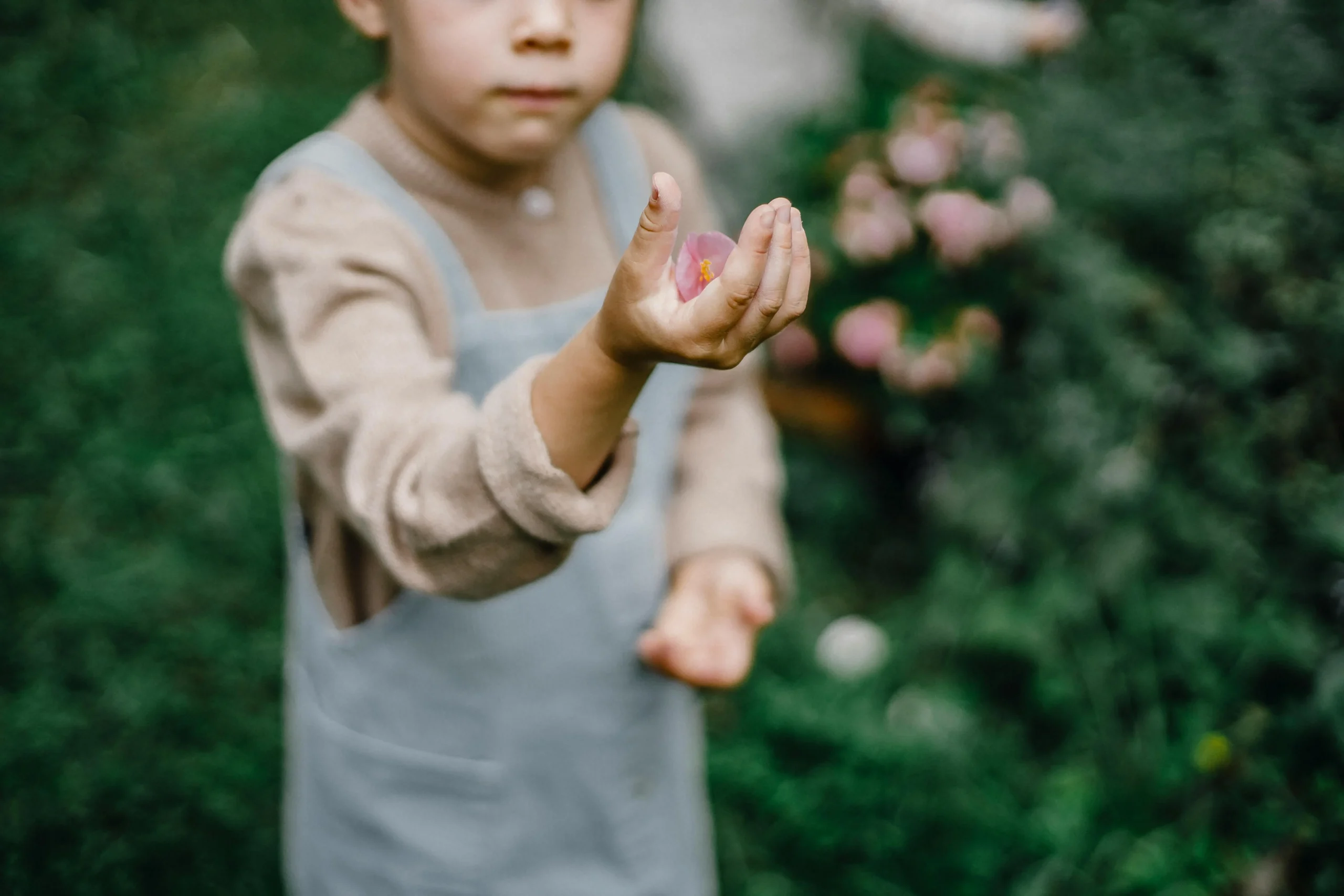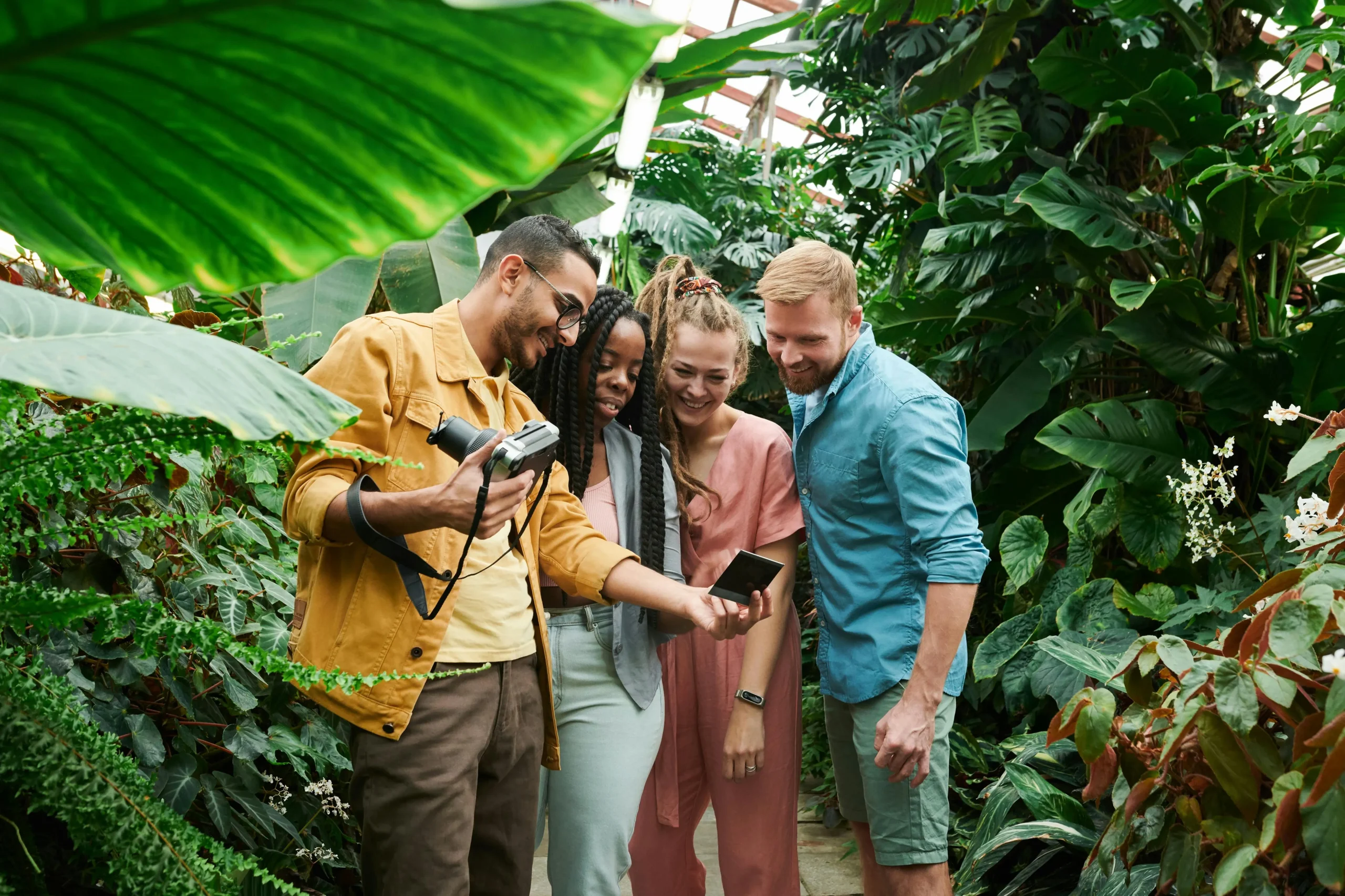Fair Park, Dallas, Texas is a fantastic urban area in the Discovery Garden that combines natural beauty, environmental training and conservation efforts. This 7.5 -lean garden is not only a visual joy, but also a center for stability and biodiversity. From the wonderful butterfly house to its juicy theme, Texas Discovery Gardens offers all ages a chance to contact nature in a rich and interactive way. Whether you are excited about a plant, a family is looking for an attractive excursion, or a person looking for a peaceful refuge, this hidden gem offers an ideal migration from the city.

Brief History of Texas Discovery Gardens
Texas Discovery Gardens has a rich history returning in 1936 when it was created as part of Texas Centennial Exposure. Originally known as Fair Park Garden, and was developed in a setting to show indigenous peoples and adaptation plants that promote environmental protection. For decades, it was developed by an educational and ecological institution, dedicated to organic gardening and pollination protection. In 2003, it was officially Texas Discovery Gardens, which expanded its mission to provide a permanent and immersive experience for visitors.
Today, gardens act as a living will for the importance of preserving indigenous species and promoting a healthy environment for people. It is one of the first public parks in Texas, which is 100% biologically certified, making it a model for environmentally friendly horticulture.

Butterfly House and Insectarium: A Must-See Attraction
One of the main attractions of the Texas Discovery Gardens is Rosin Smith Compare Butterfly House and Pesticide, a two-story glass-composed tropical sky home for hundreds of free-free-ups from around the world. As soon as visitors step in, they are created by a magical and merging experience, fluttering through the air of a lively performance of colored butterflies.
The butterfly house is carefully designed to mimic a rainforest environment, with juicy green areas, waterfalls and nectar -rich plants that provide food and shelter for butterflies. Some of the most captivating species found here include Blue Morpho, Monarch, Zebra Longwing and Atlas Moth.
In addition to butterflies, bugs have an attractive series of live insects, consisting of beetles, stick insects or even tarantulas. This exhibition is specifically attractive to youngsters and teachers, because it highlights the important roles that bugs play inside the surroundings. The Butterfly launch, every day held, shall we site visitors look at the newly fashioned butterflies brought in the environment, making it a genuinely captivating enjoy.

Exploring the Themed Gardens
Beyond the Butterfly House, Texas Discovery Gardens boasts a variety of meticulously curated gardens, each offering a unique experience.
Native Texas Garden
This garden shows plants that are resident in Texas, such as black -eyed Susan, Texas Sze and Turk Hat, showing how indigenous species grow in the local climate with minimal maintenance. It acts as a model for permanent landscape architecture, and encourages visitors to involve native plants in their own gardens to save water and support local wildlife
The Shakespeare Garden.
For literature lovers, Shakespeare Garden is a wonderful place that contains plants mentioned in the works of William Shakespeare. With its attractive arrangement of herbs, flowers and rustic seating areas, it offers a cool environment to reflect and relax.
The Sensory Garden
The sensory garden is designed to attach all five senses, and is an interactive place filled with fragrant flowers, structured leaves and soothing water properties. This garden is especially popular with children and individuals with sensory sensitivity, as it encourages exploration with their hands.
The Master Gardener’s Garden
The place highlights groundbreaking gardening techniques such as fertilizer, harvesting of rainwater and organic insect control. It acts as an educational resource to apply permanent practice in the homes.
The Pollinator Garden
A sky for bees, butterflies and hummingbirds, the pollination garden is designed to attract and support the necessary pollinators. Life blooms and carefully selected plant species create an ideal habitat that helps maintain local biodiversity.

Educational Programs and Workshops
Texas Discovery Gardens is not just a place of beauty – it is also a center for education and environmental awareness. The garden hosts different types of workshops, guided tourism and hand activities designed to teach visitors about subjects such as organic gardening, livestock manure and preservation of wildlife.
Some of the most popular programs include:
Butterfly Gardening Workshops: Learn how to create a butterfly-friendly garden at home
Composting Classes: Discover the benefits of composting and how to start your own compost pile.
Storytime for Children: A fun and interactive reading session held in the gardens.
Guided Garden Walks: Led by knowledgeable docents, these tours provide deeper insights into the plant collections and conservation efforts.
For school groups, Texas Discovery Gardens offers customized field trips that align with Texas science curriculum standards, making it a valuable educational destination.
Events and Seasonal Attractions
Throughout the year, Texas Discovery Gardens hosts special events that draw in nature lovers, families, and community members. Some of the standout events include:
Butterfly Plant Sale (Spring & Fall): A highly anticipated event where visitors can purchase nectar and host plants to attract butterflies to their gardens.
Earth Day Celebration: Featuring eco-friendly vendors, workshops, and activities promoting environmental sustainability.
Monarch Butterfly Festival: Held in the fall to celebrate the migration of Monarch butterflies through Texas.
Garden Teas and Yoga Classes: A relaxing way to enjoy the gardens while practicing mindfulness.
These events not only provide entertainment but also reinforce the garden’s mission of educating and inspiring visitors to appreciate the natural world.
Sustainability and Conservation Efforts
As a lawyer for stability, Texas Discovery practices 100% biological gardening, avoiding chemical pesticides and fertilizers that can damage the environment. When using fertilizers, rainwater collection and cultivation of indigenous peoples, Hagen shows practical methods to reduce environmental effects.
In addition, gardens play an important role in butterfly and pollination protection. Monarch Western certification ensures that garden monks provide an important habitat to migrate butterflies, and help support their falling population.
Through these efforts, Texas Discovery Gardens serves as a model for ecological stewardship, inspiring visitors to adopt sustainable habits in their daily lives.
Visitor Information and Tips for Exploring
Location: Texas Discovery Gardens is conveniently located at 3601 Martin Luther King Jr. Blvd., Dallas, TX 75210, inside Fair Park.
Hours of Operation: Open daily from 10 AM to 5 PM \ Closed on major holidays
Tips for Visiting:
Wear comfortable shoes, as you’ll be walking through various gardens and exhibits.
Bring a camera, especially for the Butterfly House, where you’ll want to capture stunning close-ups.
Visit in the morning, when the weather is cooler, and butterflies are most active.
Check the schedule, as daily butterfly releases and special events can enhance your experience.
Why Is Texas Discovery Gardens Worth Visiting?
Texas Discovery Gardens is more than just a botanical garden-there is a sanctuary for nature lovers, a class for environmentally conscious individuals, and a return to peace and inspiration. Whether you praise foreign butterflies, go through the theme hangers or participate in an educational workshop, every moment used here is prosperous.
With its dedication to stability, protection and community engagement, Texas Discovery is a will for nature’s beauty and importance. Whether you are a Dallas premises or a visit to the city, this lively and cool garden should see a destination leaving a permanent impression.
You may also like Hoʻomaluhia Botanical Gardens.

